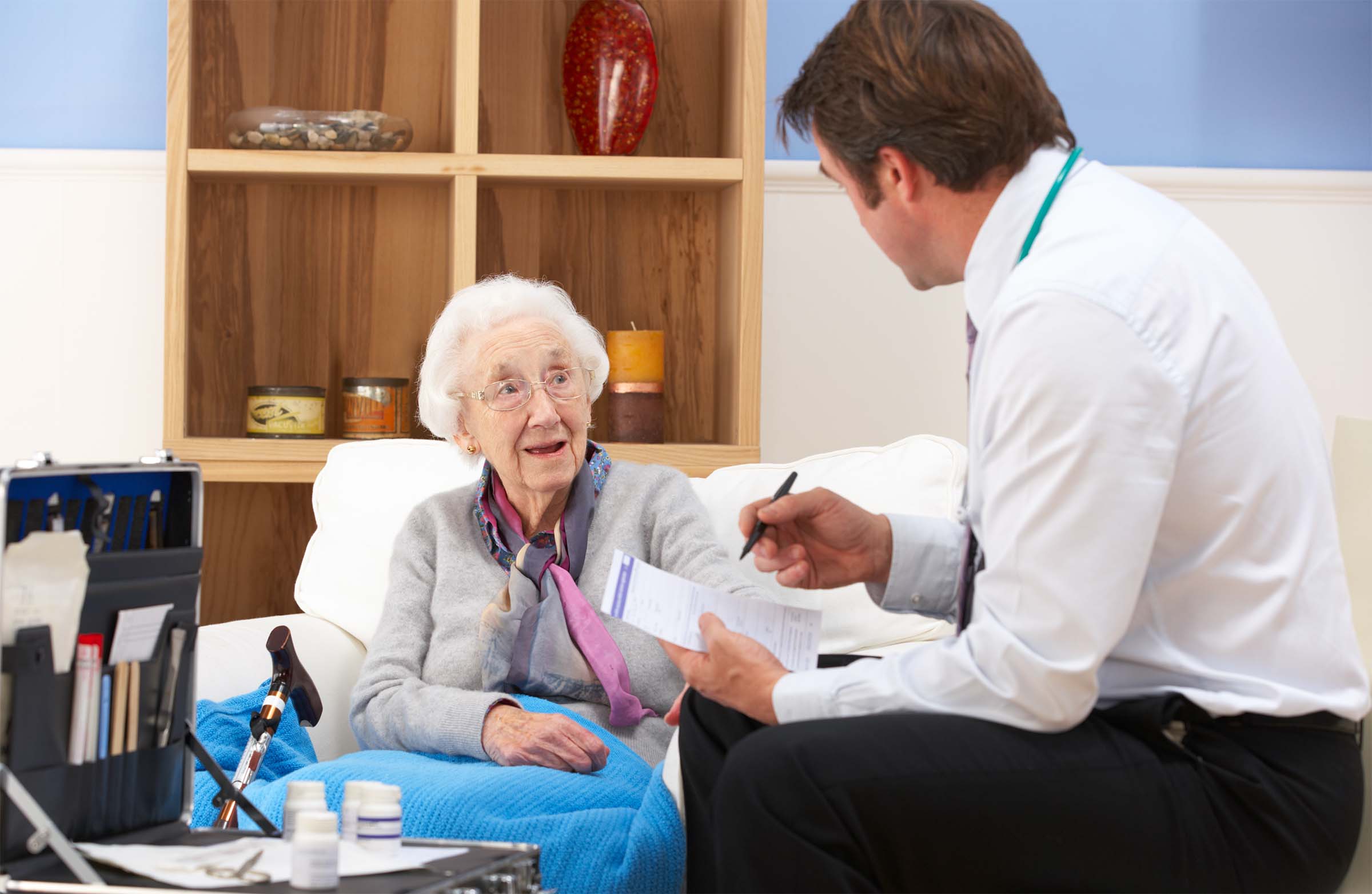
By Dr Jeannie Knapp
Criterion GP1.2 – Home and other visits
Indicator GP1.2 A Our patients can access home and other visits when safe and reasonable.
Why this is important
Patients value an ongoing relationship with their GP, even when their needs change and they are unable to visit your practice. Patients who are in residential aged care facilities, residential care facilities, or hospitals also need to be able to access your care. You need to consider how to provide continuity of care to patients who are not able to physically attend the practice.
Meeting each Indicator
You must:
- Record in patients’ health records when team members have made visits to homes and other settings
This includes recording in both the RACF record and your practice record medical records, and annotating that a home or other visit was made. To be Medicare compliant, you might consider annotating your record with the time spent on the visit.
You must:
- Tell patients about how they can access care when a home or other visit is neither safe nor reasonable and provide evidence that these conversations have occurred.
To do this, you might articulate this to the patient at the time of the request and annotate it in the notes. You might also consider advertising on your website what alternatives are available. For example: after hours locum.
You could:
- Have a policy explaining the circumstances that would make a home or other visit safe and reasonable.
For example:
“The GPs of this practice will only provide home visits to patients who present no security risk to the GPs’ safety and have valid medical or access reasons for not being able to attend the practice.”
Home visits may be initiated by a patient’s request or by a GP or clinician offering this service as part of their ongoing care.
It is appropriate to visit patients at home or in another setting, instead of them coming into the practice, when:
- The patient is confined due to illness or disability.
- Urgent treatment can be provided more quickly.
- You want to reduce the risk of infection.
Other considerations for your home visit policy:
You should consider the processes for when a patient requests a home visit:
- Who takes and triages the call?
- What alternative options are there if urgent care is required? For example, can the patient attend an emergency department?
Your team should also think about who is being asked to do the visit, and who is following up on those requests and notifying patients of the outcome of the request within the specified timeframe.
You need to set clear geographical limits for home and other visits, as well as time limits, such as only during usual opening hours. You should also outline expected timeframes to process new requests for a home visit (to be articulated to the patient at the time of the request).
Other important things to consider include:
- Does the patient have to be an existing patient at the practice?
- How to determine if a home visit is:
- Safe (for example: is there potential for violence or risk of infection?)
- Reasonable (is it clinically appropriate or should the patient come to the practice instead?)
- Personal circumstances and health concerns that necessitate a home visit.
- The billing options for home visits including after-hours rates.
Alternatives to home or other visits
When a home or other visit is neither safe nor reasonable, your practice must be able to describe an alternative source of care that the patients can access, such as telehealth or video consultations, access to locums or after-hours services, ED, or GP telephone advice lines.
If your practice uses another service to provide an alternative source of care, you must obtain:
- Documented evidence from the service that they are, in principle, able and willing to provide care for your patients when a home or other visit is neither safe nor reasonable.
- Documentation regarding the care they have provided to any of your patients (an after-hours service must provide their report the morning following a consultation).
Visits may also be performed on behalf of your practice (for example: by services that provide care outside of normal opening hours). In this situation, there must be a direct and continuing relationship between your practice’s GPs and the nominated after-hours service that performs the home or other visits on their behalf. This includes arrangements to exchange clinical details about the patient’s care and any concerns your practice may have about the visiting clinician’s safety.
Disclaimer: This article was provided by Dr Jeannie Knapp. While every effort has been made to ensure the information is accurate, North Western Melbourne Primary Health Network does not warrant or represent the accuracy, currency and completeness of any information or material included within.




